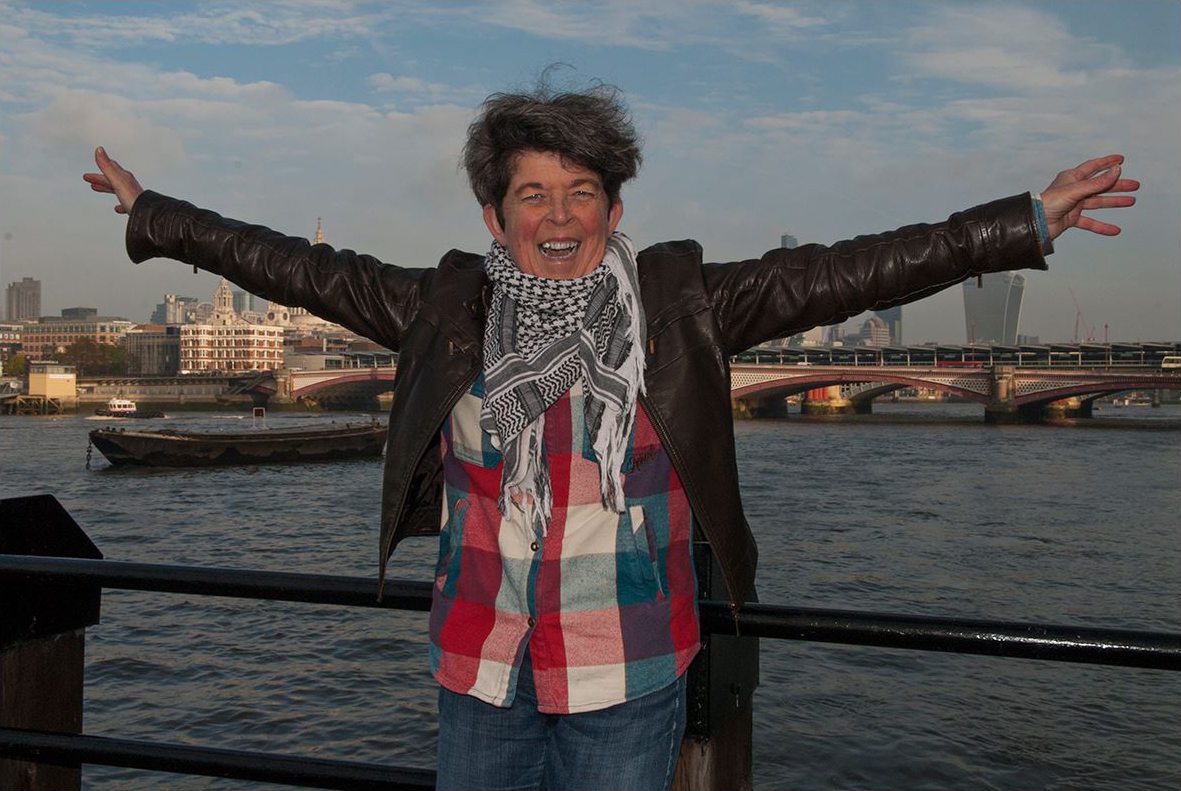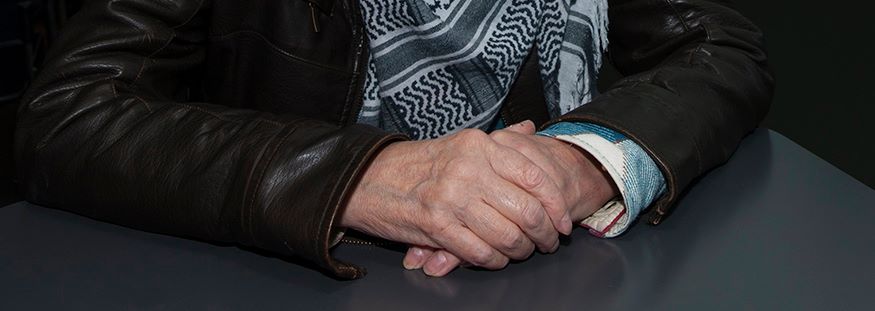Starry, Starry Night: the short life of Herculine Barbin
What little we know of Herculine Barbin is now refracted through so many layers of interpretation that it has all but obscured the person known variously as Herculine, Alexina and Abel, during her short life.
A life contingent on what others decided about who, and what they were, Herculine’s life became a fictionalised template for everyone born intersex.
Herculine Adélaîde Barbin was born in Saint-Jean-d’Angély in France in 1838. Her family was a poor one, and as was common of an age when people without means ordinarily had no access to education, she gained a scholarship to study at a Ursuline convent school, solely for girls.
Herculine proved a good scholar, and moved to Le Chateau to study to be a teacher. And in doing so she discovered that her difference, the very quality of her diversity, became the subject of disquiet to herself and others.
Herculine Barbin loved women in an age when such a thing was absolutely forbidden. As she grew into adulthood it became clear she was a woman like no other: flat chested, tall, and requiring to shave. Herculine was different.
Herculine was intersex.

Leslie Jaye; part of “Visibly Intersex”, a collaborative project instigated and photographed by Del LaGrace Volcano.
Herculine was also sufficiently pious to be troubled by her embodiment, and lacking the language to aid her understanding, she sought a confession with the Bishop of La Rochelle.
That led to a medical examination, and a legally binding designation that Herculine was a man, and must live the rest of her life as a man.
That legal decision made the press, and the scandal was as immediate. It was salacious. Herculine was declared monstrous: in 1860, newspapers in and out of Paris carried reports of her reclassification, calling her one of the preternatural monsters of the age. In that moment Herculine’s life ceased to be her own, and became everyone else’s property. Little has yet changed where the press is concerned, in its salacious taste for describing intersex today.
Herculine left her teaching job, changed her name, and made her way to anonymity in Paris where she began writing the now famous memoir.
It was Barbin’s sexual liaisons that were the catalyst for her condemnation, the clinical examination the seal that saw her legally reclassified: the culmination of vilification from a society that refused to countenance who she was.
Herculine’s life was appropriated by others to tell their stories of morals and sensationalism. Michel Foucault claimed to have found and published Barbin’s manuscript, although questions remain about what exactly he did find and what it was that resided in the French Department of Public Hygiene.
The journey from diary to memoir – from Dr Regnier, the clinician who performed the autopsy and recovered the diary, to Auguste Ambroise Tardieu, a physician who had an interest in observing and writing about what we now would recognise as intersex embodiment – is not especially clear.
Even more opaque is what happened to the manuscript between 1874 and its apparent rediscovery by Foucault. It was Foucault’s publication of her memoir, or at least a version of Herculine’s life, that launched Barbin into the world anew.
As Judith Butler was moved to remark in Gender Trouble, Foucault romanticised Barbin’s life:
Indeed, he appears to romanticise h/er world of pleasures as the “happy limbo of a non-identity” (xxii), a world that exceeds the categories of sex and identity: in essence Foucault’s introduction to the memoirs was a “romanticized appropriation” of Barbin’s lived experience.
It mattered little. Foucault was famous, and controversial. Herculine Barbin, or at least the version that Foucault wrote of, became what so many intersex people can speak of in their own lives: a template for others to overlay their theories of sex and gender. What the articulate, and pre-eminent first wave intersex activist Emi Koyama eloquently described as a process of appropriation and misuse:
People’s bodies were used to support abstract theories, rather than social theories being used to support the people.

Leslie Jaye; part of “Visibly Intersex”, a collaborative project instigated and photographed by Del LaGrace Volcano.
That process continues to this day in the freely shared medical records of intersex individuals amongst clinicians, all the better that they can write their peer reviewed papers, and continue to portray intersex as othered, as outliers to artificially accepted norms of being a man or woman. The contrast between this apparently readily available medicalised information flow for the gate keepers of the present-day, is painfully contrasted with many individuals’ efforts to secure their own records, only to be so often told they are lost, or destroyed.
The jarring disconnect between intersex lived experience, and how intersex lives are written about and interpreted by others, is crystalised in Herculine Barbin’s life.
Herculine took her life in a seedy quarter of Paris at the age of 30 because she couldn’t live in a world that refused to accept who she was, and condemned her right to love and be loved.
There was no language for Herculine to describe and validate herself, except those of condemnation. She wrote of herself as ‘condemned’, and ‘punished’, pushed beyond the boundaries of society’s willingness to accept, and understand.
Almost 150 years after Herculine’s death intersex people ourselves are reframing the language and understanding about what it means to be intersex, what it means to embody diversity that remains both known of, yet unspoken.
It is intersex advocates and activists who are challenging the language of yesteryear, and present-day clinical hegemony; to help secure the right for people born intersex to live in a future free of the prejudice that so blighted Herculine Barbin’s life, and that continues to motivate pre-emptive clinical interventions on anyone born intersex to this day.
Herculine Barbin’s birthday of 8 November is celebrated every year as Intersex Day of Solidarity, or Intersex Day of Remembrance.
– by Leslie Jaye, Intersex Advocate, OII-UK
Herculine Barbin (Being the Recently Discovered Memoirs of a Nineteenth Century French Hermaphrodite) by Michel Foucault (translated by Richard McDougall) is available via bookshops including Amazon.com e-book and paperback.





Δεν υπάρχουν σχόλια:
Δημοσίευση σχολίου
Εδώ σχολιάζεις εσύ - Comment Here
Σημείωση: Μόνο ένα μέλος αυτού του ιστολογίου μπορεί να αναρτήσει σχόλιο.